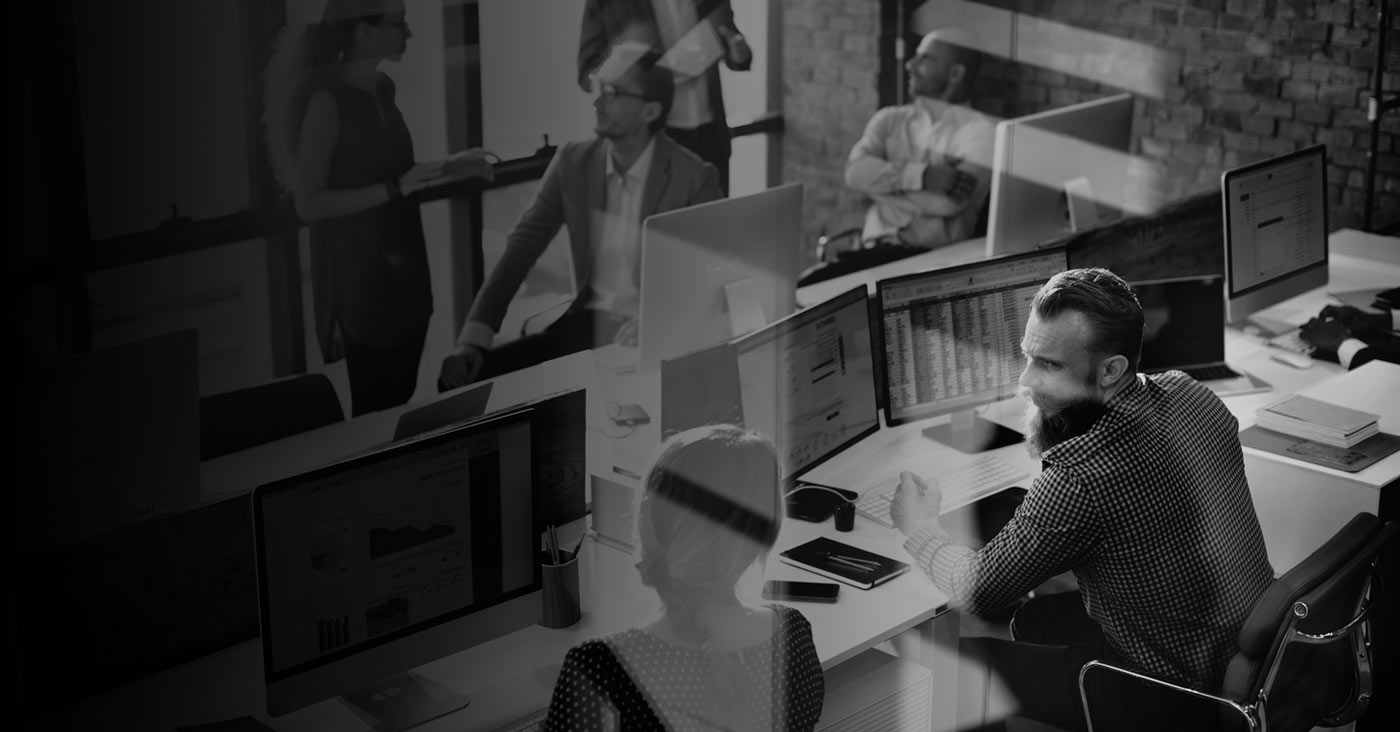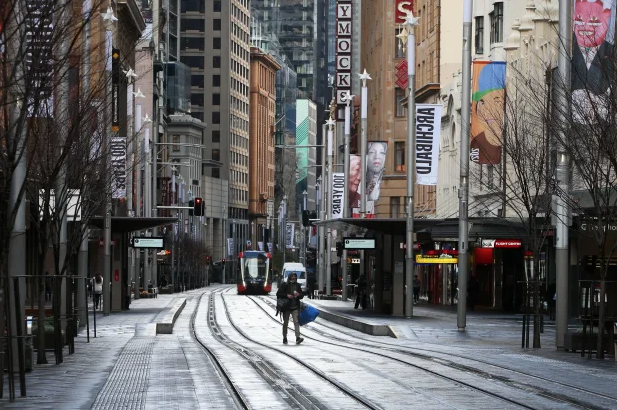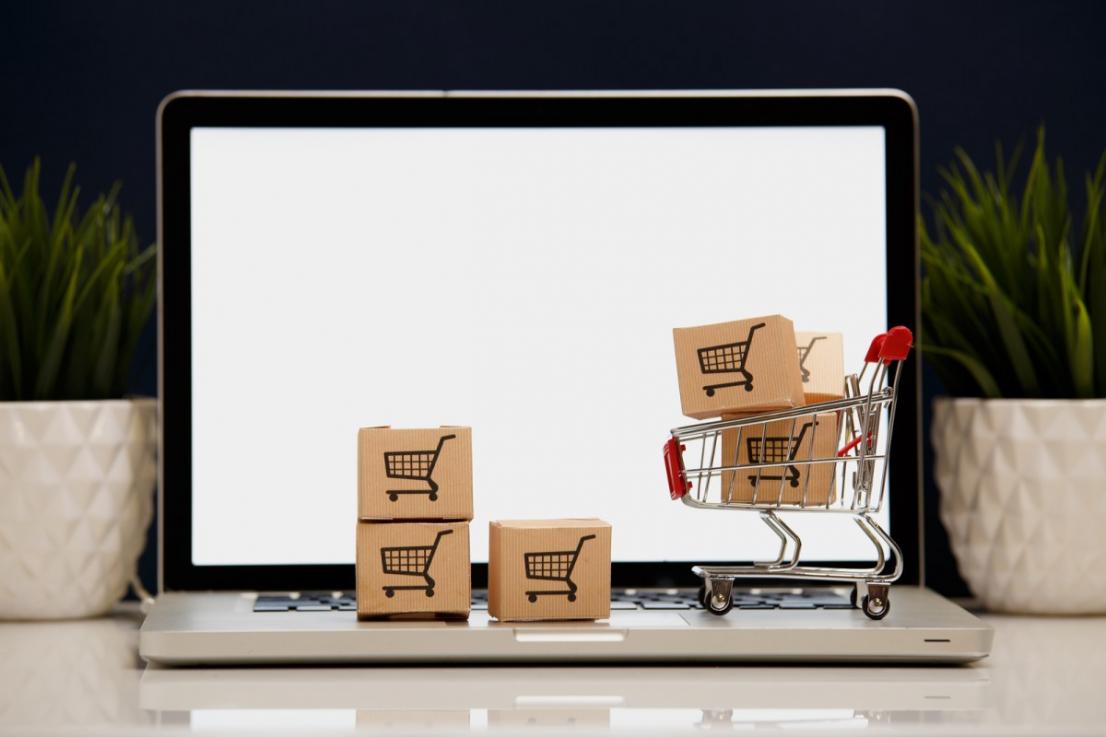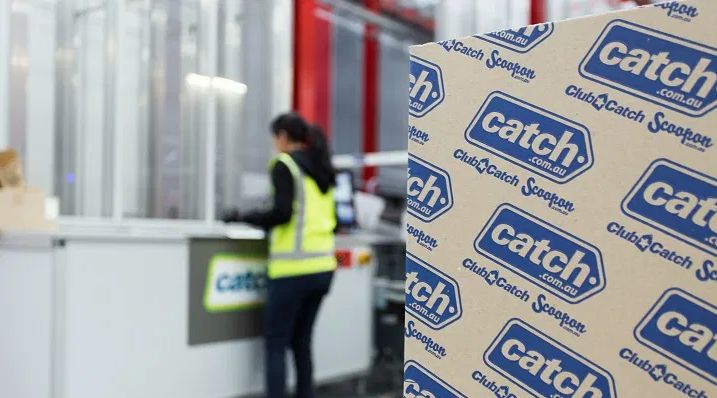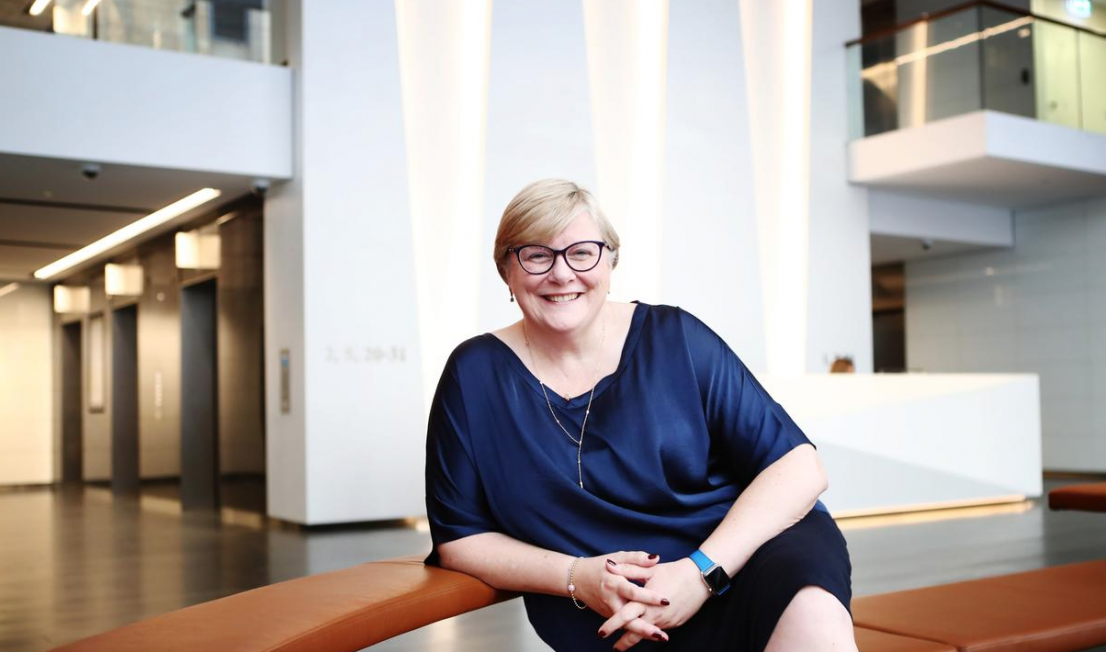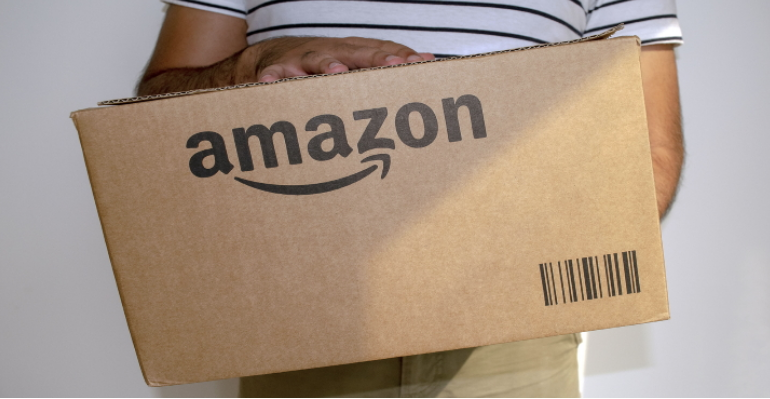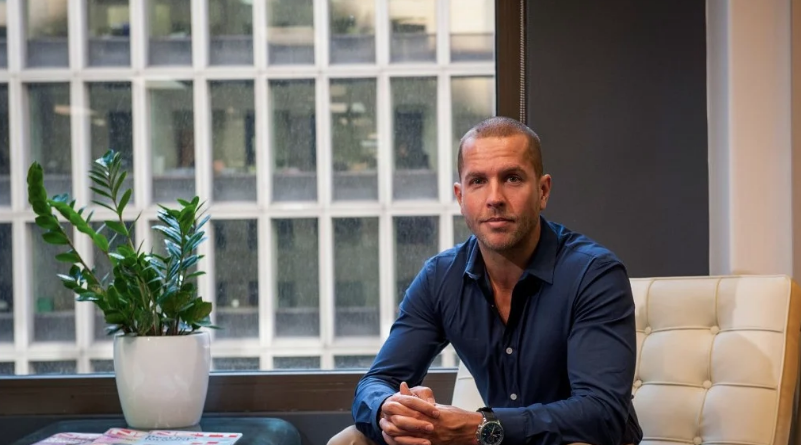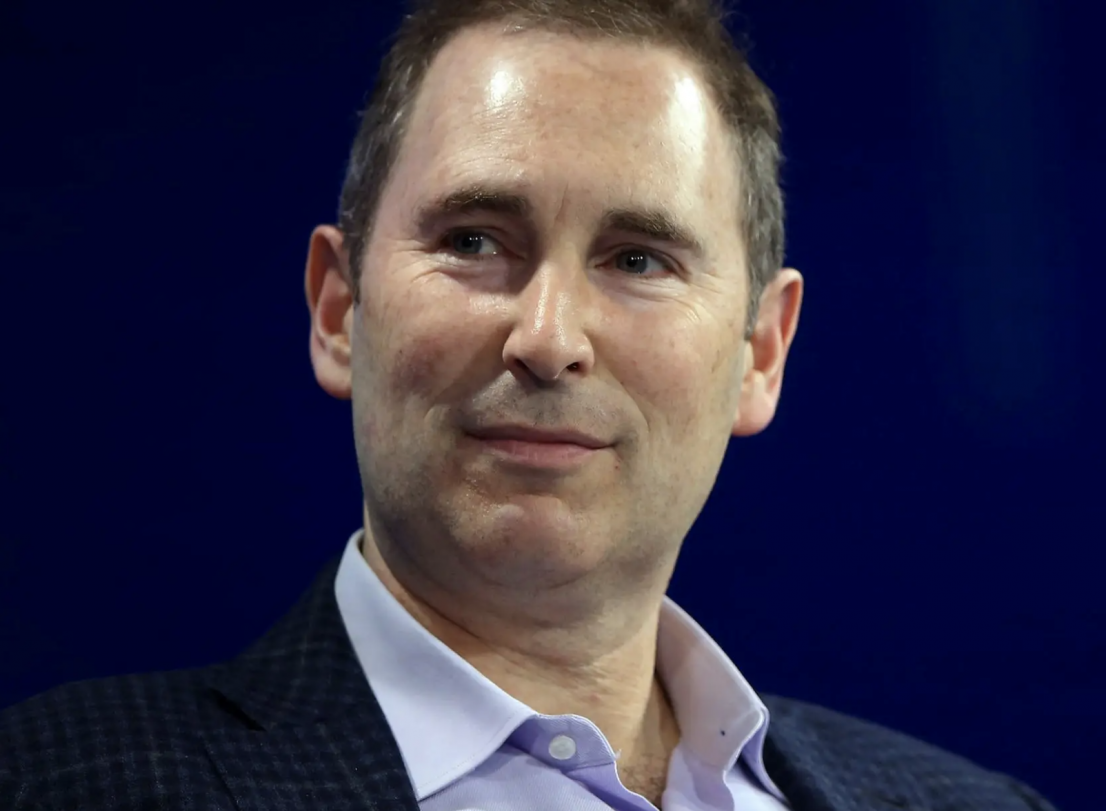
Every leader has a particular style, boiling down to how they direct, guide, motivate and manage the group of people who report to them. Ted Talk favourite Simon Sinek, in particular, has shed great insights on the topic of leadership, and many look to his theories for ideas on how to inspire transformational change as well as performance, innovation, creation and motivation within their teams and businesses.
Given this is all about using human interaction to drive results (in whatever sense that may be), it makes sense that these approaches can be applied to our relationships outside of the office as well. And with people tapping into this behavioural system five days a week, it’s only natural for it to surface elsewhere, consciously or subconsciously.
“Our behaviours are influenced by our attitudes and beliefs, and therefore our attitudes and beliefs about people will influence the way we interact with them. This includes our relationships with people at work, and in our personal lives,” psychologist Vashti Wallace, who works in organisational and employee wellbeing, explained to Business Insider Australia.
Things get complex, because the idea of leadership no longer relates to a group of people learning from underneath you, but instead apply to a partner and an equal.
“Whilst we do not have to be a manager to provide leadership to others, there is an implied power imbalance between the leader and the person being led. Your partner may not appreciate being ‘managed’,” Wallace explained.
This is particularly prevalent when it comes to more directive leadership styles, as opposed to supportive. While both are a way of ‘managing’, you can see the predicament when someone in a relationship is focused on tasks, and the benefits when it’s focused on collaboration techniques. Both can yield the results you want and need, but a method can be aggressive when there’s meant to be a balance of power.
As you can see above, according to Hersey and Blanchard Situational Leadership Styles, there are four main types of leadership: Supporting, Coaching, Delegating and Directing.
Of course, there are literally hundreds of leadership models outlining different styles, but for the sake of understanding how your working methods may affect your relationships, we’ll be using these four, very distinct styles.
Coaching
What you’re like at work: You facilitate engagement within your team, and empathetically understand their individual goals and motivations.
What you want in a relationship: You lean towards a more participative and collaborative approach within your relationship, which is effective when you both have good relationship skills. Your expectations of your partner can be high, and you may become frustrated with partners who don’t share a coaching leadership style, Wallace explains.
Directing
What you’re like at work: This style has a sharp focus on tasks, and not so much on relationships. You dictate tasks and expectations with little room for autonomy.
What you’re like in a relationship: There’s a tendency to take control of decision-making, which can be beneficial for dinner decisions but problematic in other areas. Demanding your partner does something is comfortable to you, so therefore you can prefer a submissive and supportive partner, Wallace explains.
You might tap into this behavioural system if your partner has less-than-perfect relationship skills, like not prioritising relationship time, not balancing housework and more. If you both have this Directing leadership style, Wallace says it’s likely there’ll be “A lot of arguing and power struggles in the relationship.”
Supportive
What you’re like at work: You don’t just delegate a task, you support the person throughout the task until completion.
What you like in a relationship: You prefer to be more passive with your partner and find comfort in them taking the lead. This is what you might experience in the earlier stages of dating, when you don’t really know where you stand long-term. Wallace uses the example of, “You might be trying to play it cool and hoping that they will take the lead and initiate the communication or ask you out on a date.”
Delegating
What you’re like at work: You empower one to exercise autonomy by delegating a task or responsibility and trust them to deliver it successfully.
What you like in a relationship: Wallace explains that this leadership style in a relationship can be seen as distant, underinvested and non-committal. “You may not have expectations of your partner and you are likely to be uncomfortable with your partner making demands of you.” Wallace describes these relationships as either “low maintenance” or “friends with benefits”.
All this being said, not all people behave the same way at both work and home – plenty were shocked to learn that their partners were the “circle back” types during the first working from home lockdown. In fact, some leaders might prefer quite the opposite from their partner than they would their direct reports.
The most important thing is to really understand yourself as a leader to understand why you’ve reacted or behaved in certain ways with your partners in the past. Once you draw that connection, it might become a little clearer as to why you do the things you do. Awareness is a key factor in success for future situations.
This goes for what ticks you off, too. In a recent study by RSVP, it was found that members connected over a shared distaste for certain personality traits, just as much as they did desirable traits.
You can actually look to what you love and hate about your job to better understand what you do and don’t want in a relationship. It’s not as apples and oranges as you may think.

